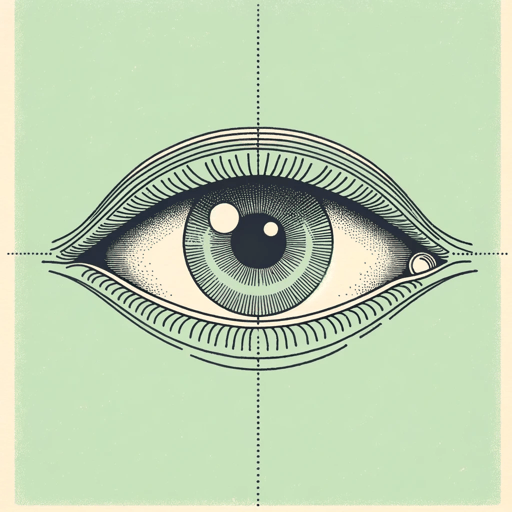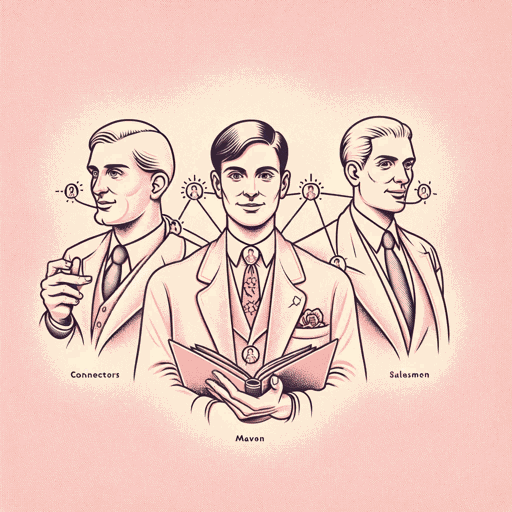42 pages • 1 hour read
Malcolm GladwellThe Tipping Point: How Little Things Can Make a Big Difference
Nonfiction | Book | Adult | Published in 2000A modern alternative to SparkNotes and CliffsNotes, SuperSummary offers high-quality Study Guides with detailed chapter summaries and analysis of major themes, characters, and more.
Chapters 6-8Chapter Summaries & Analyses
Chapter 6 Summary: “Case Study: Rumors, Sneakers, and the Power of Translation”
Content Warning: The section features frank discussions of suicide and drug use.
Gladwell illustrates the ideas he develops throughout the prior chapters by focusing on a few specific cases, including the rise in popularity of Airwalk shoes and the construction of a rumor surrounding a Chinese tourist in America in 1945.
Airwalk was a niche skateboard company with a small, devoted following that exploded or “tipped” in the mid-1990s during its partnership with the advertisement agency Lambesis, which ran numerous print ads for Airwalk in hot spots like alternative magazines. Airwalk’s advertising “was founded very explicitly on the principles of epidemic transmission” (196) that enabled it to tip. Bruce Ryan and Neal Gross’s idea of “the diffusion model” illustrates Airwalk’s gradual success: Innovators are the first to try a new technology or way of doing things; Early Adopters—“opinion leaders in the community” (197)—take it on next; and then the Early and Late Majority people make it mainstream. This language is compatible with Gladwell’s earlier discussion of Connectors, Salesmen, and Mavens, who are responsible for making new things “palatable for mainstream people” (200) by tweaking the original item slightly to make it suitable for the masses.
Related Titles
By Malcolm Gladwell

Blink: The Power of Thinking Without Thinking
Malcolm Gladwell

David and Goliath: Underdogs, Misfits, and the Art of Battling Giants
Malcolm Gladwell

Outliers
Malcolm Gladwell

Talking to Strangers: What We Should Know About the People We Don’t Know
Malcolm Gladwell

The Bomber Mafia: A Dream, a Temptation, and the Longest Night of the Second World War
Malcolm Gladwell

What the Dog Saw: And Other Adventures
Malcolm Gladwell

